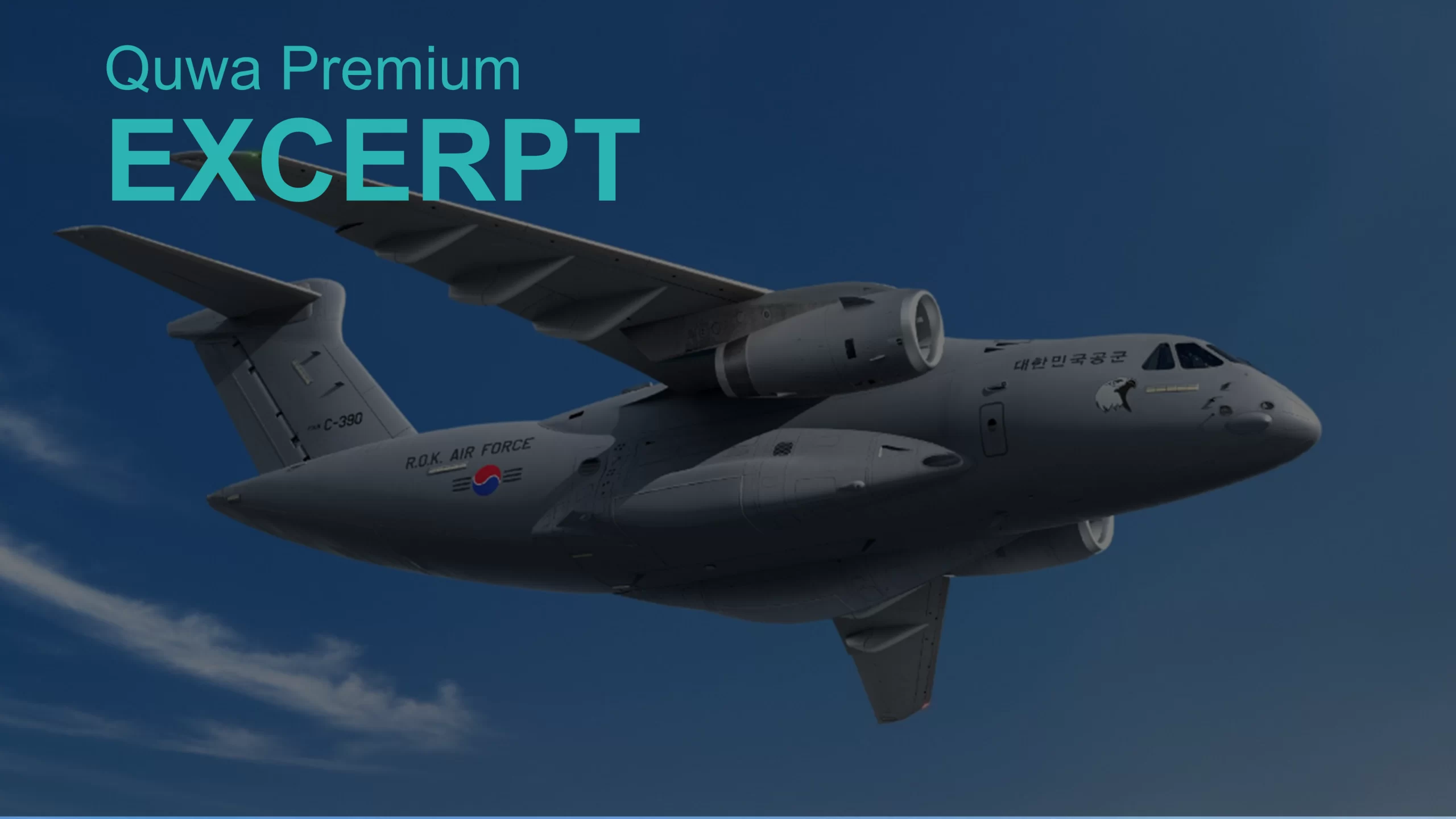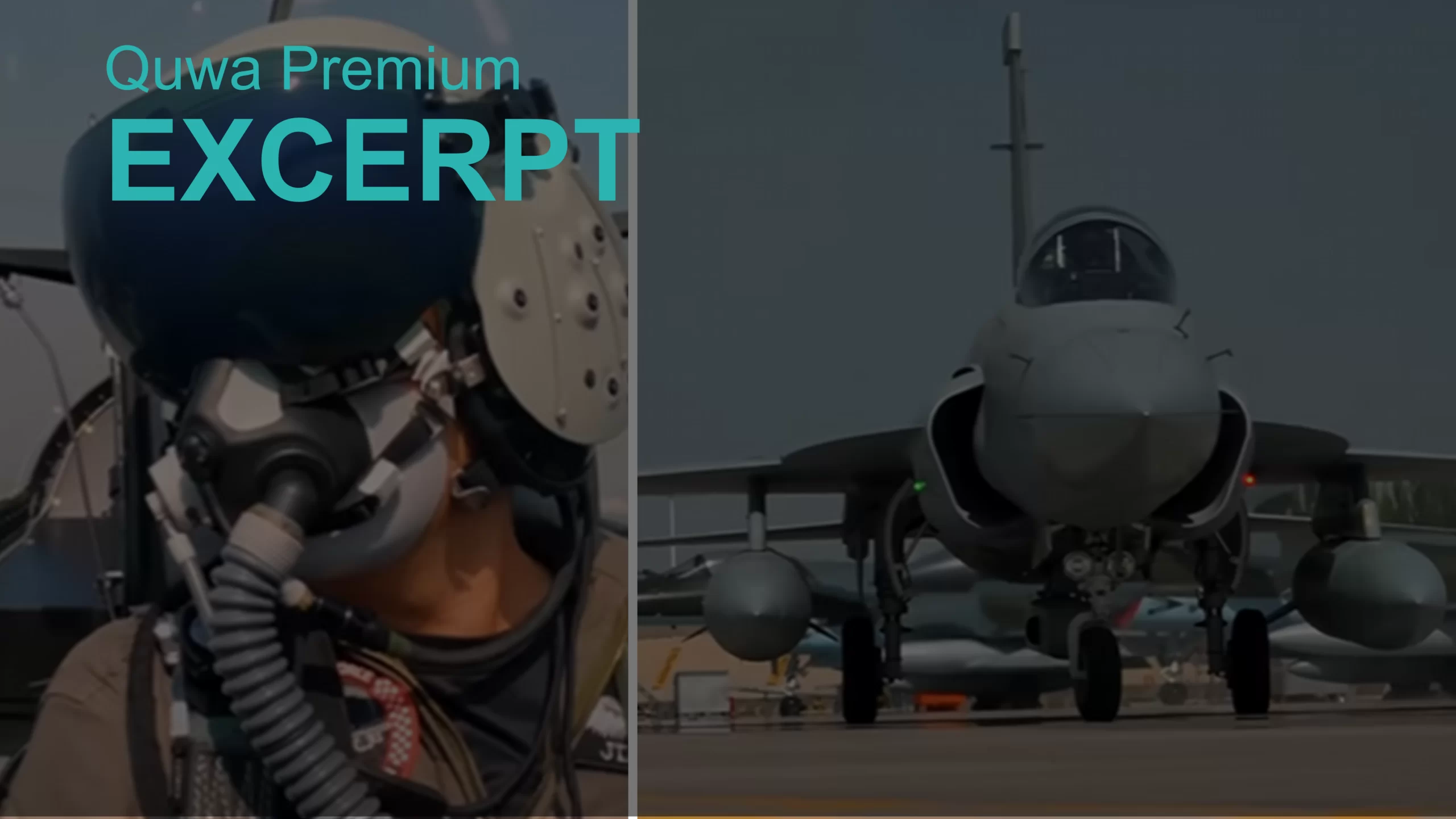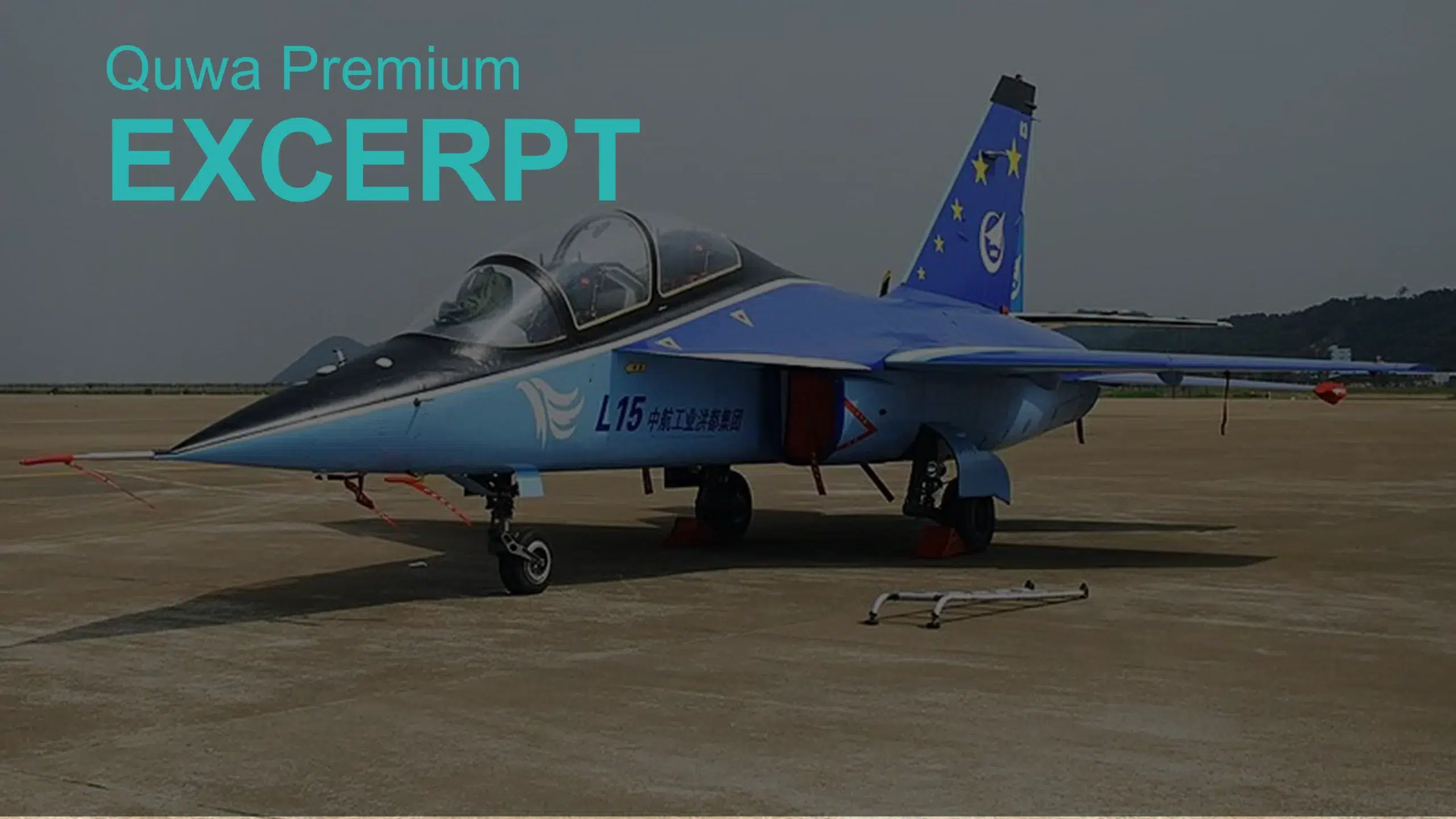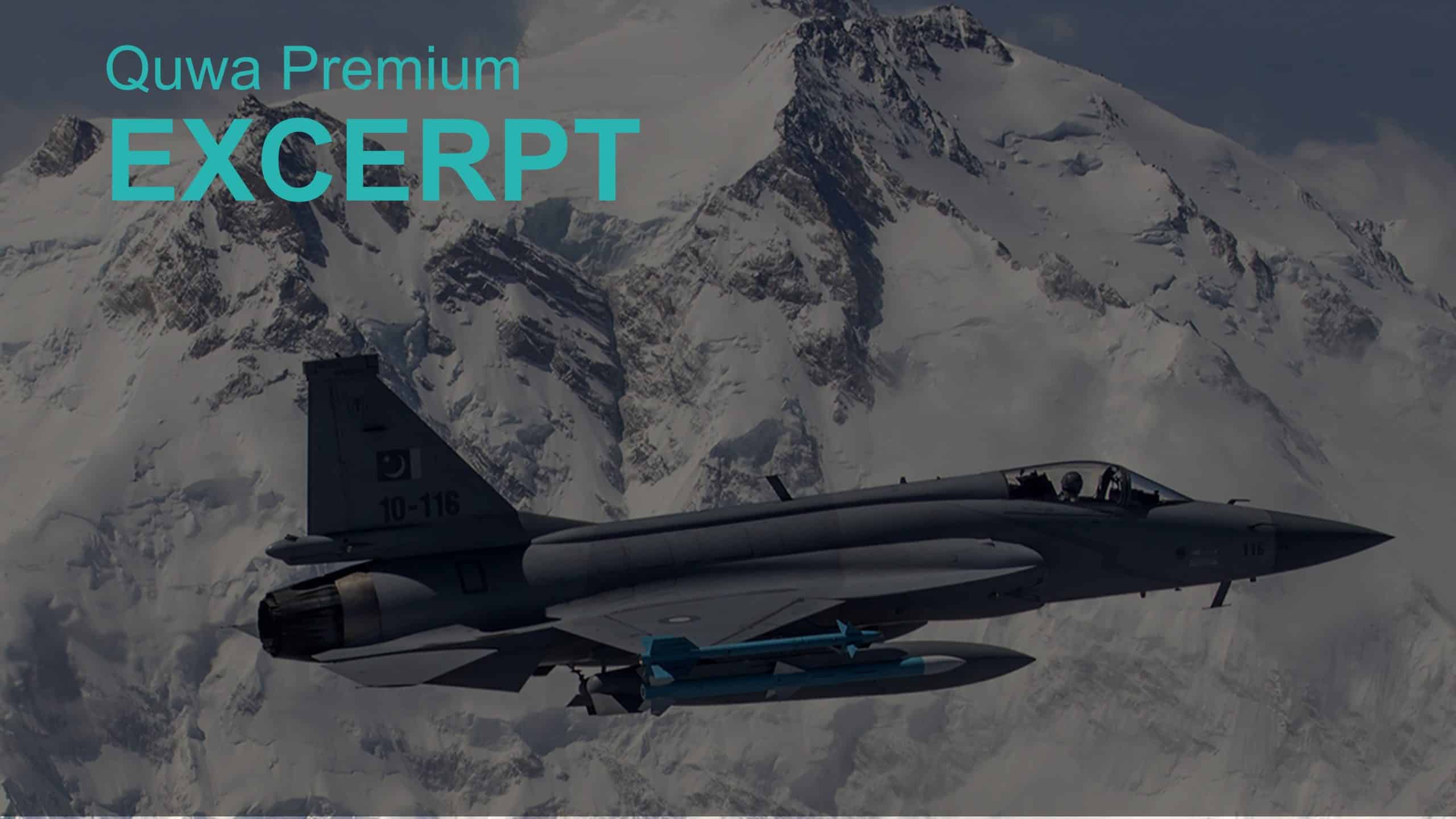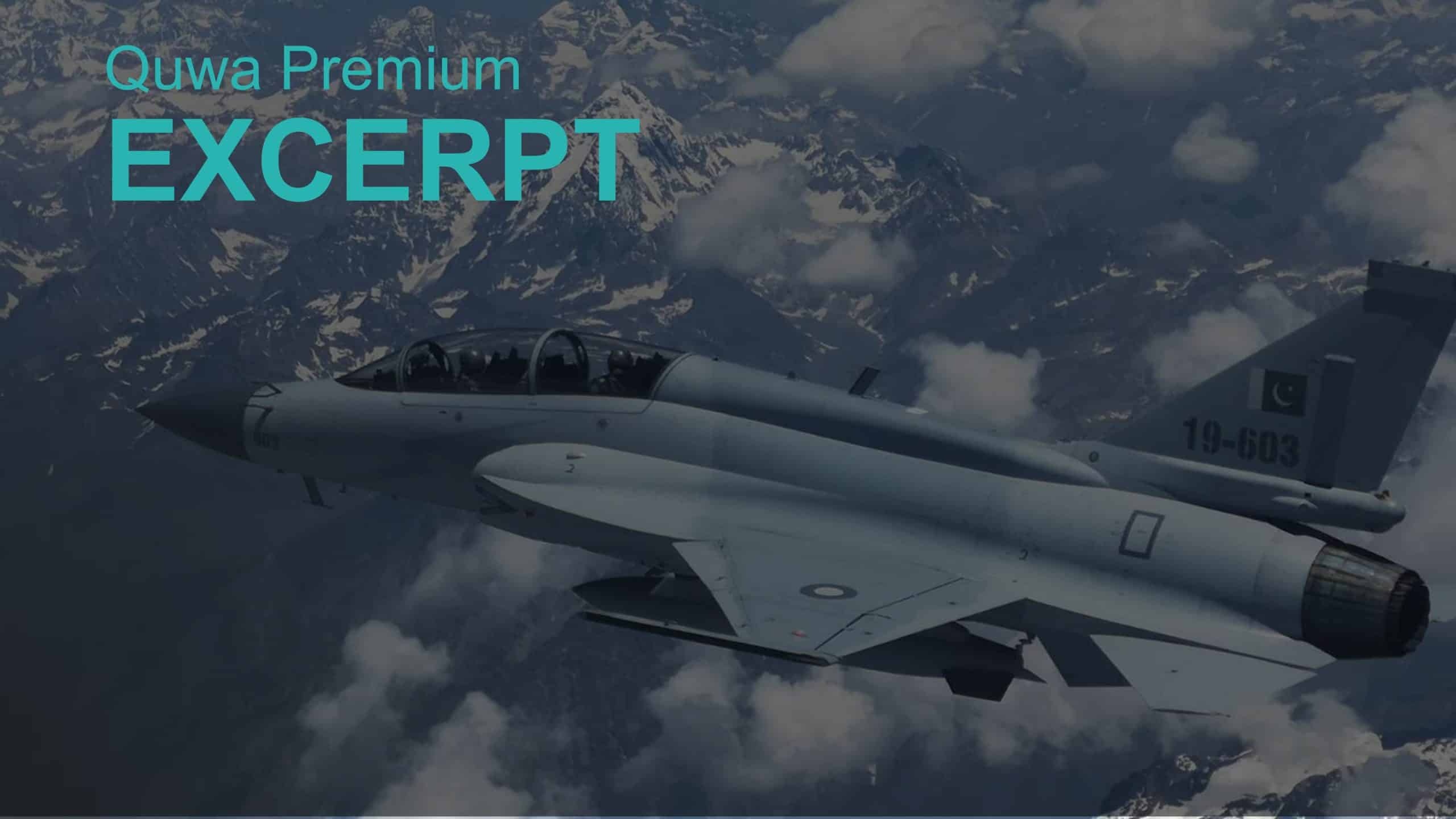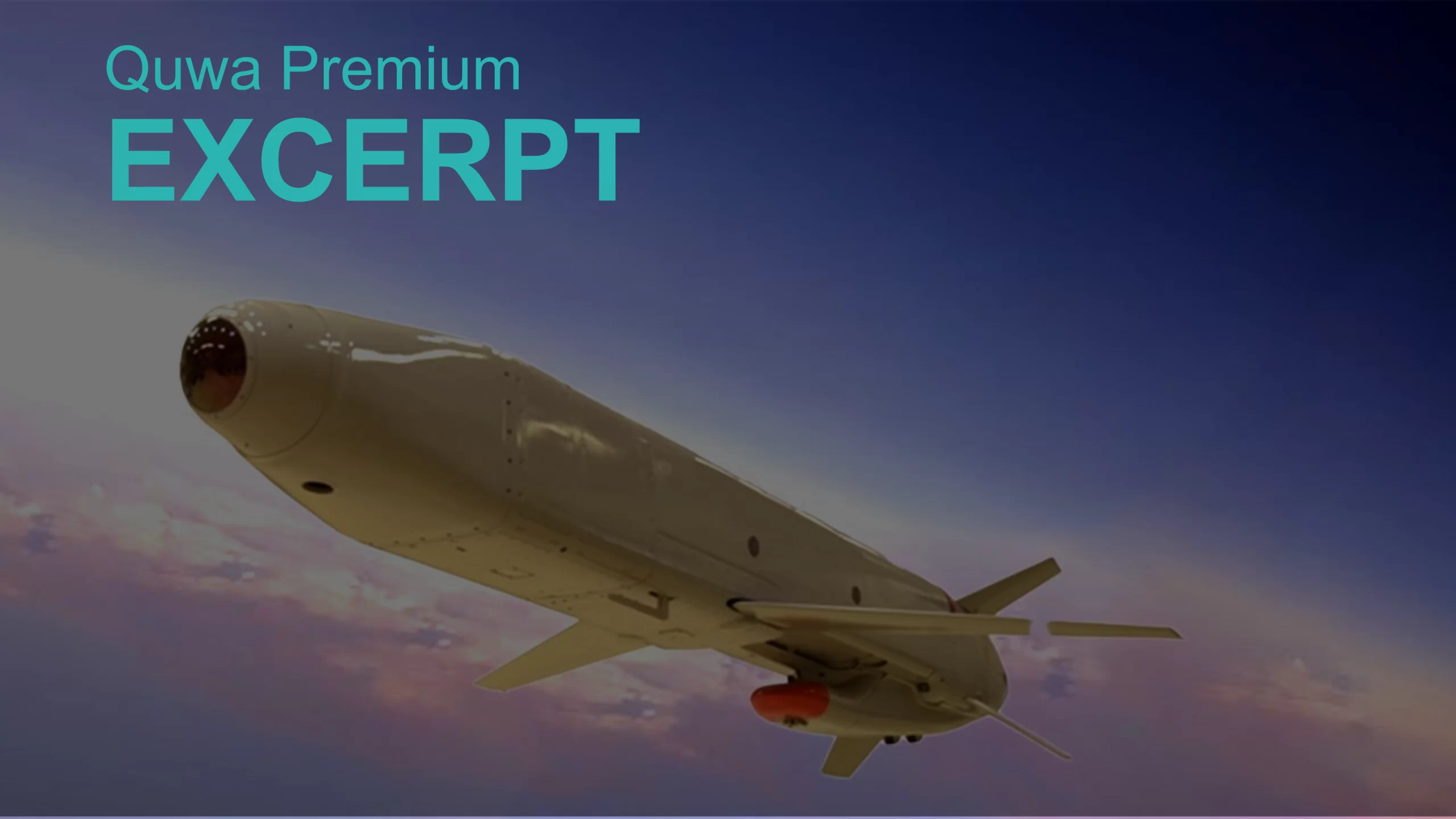Heavy Industries Taxila (HIT) is aggressively working towards indigenizing the Pakistan Army’s (PA) forthcoming armour and artillery solutions.
By securing several notable customers towards the end of 2023, Embraer’s C-390 multirole tanker-transport (MRTT) aircraft is emerging as a viable C-130J competitor.
How the JF-17 Thunder, Tejas, F/A-50 Golden Eagle, and JAS-39 Gripen are leading the way in reviving the deployment of lightweight ‘tactical’ fighters.
Turkey Expresses Interest in the Eurofighter Typhoon. Portugal Orders Multirole Vessel Capable of Being a Drone Carrier.
The Pakistan Air Force (PAF) is reportedly speaking to the Aviation Industry Corporation of China (AVIC) for the procurement of Hongdu L-15 lead-in-fighter-trainers (LIFT).
In August 2023, the private Turkish defence contractor Baykar announced that it will conduct research and development (R&D) work at Pakistan’s National Aerospace Science and Technology Park (NASTP).
In November, the Pakistan Air Force (PAF) brought its newly inducted JF-17 Block-III to the 2023 Dubai Air Show, marking the latest Thunder variant’s international debut.
Nigeria Receives First T129 Attack Helicopters from Turkey. Thailand Looks to Pivot S26T Purchase to a New Frigate Instead.
It has been a little over 20 years since the maiden flight of the first JF-17 prototype. Since then, the fighter has undergone multiple iterations and, in turn, become Pakistan’s workhorse multirole fighter aircraft.
When it signed onto the Super-7/FC-1 project in 1994,…
Ukraine’s struggles are exposing the necessity of having a reliable domestic munitions production capability.


